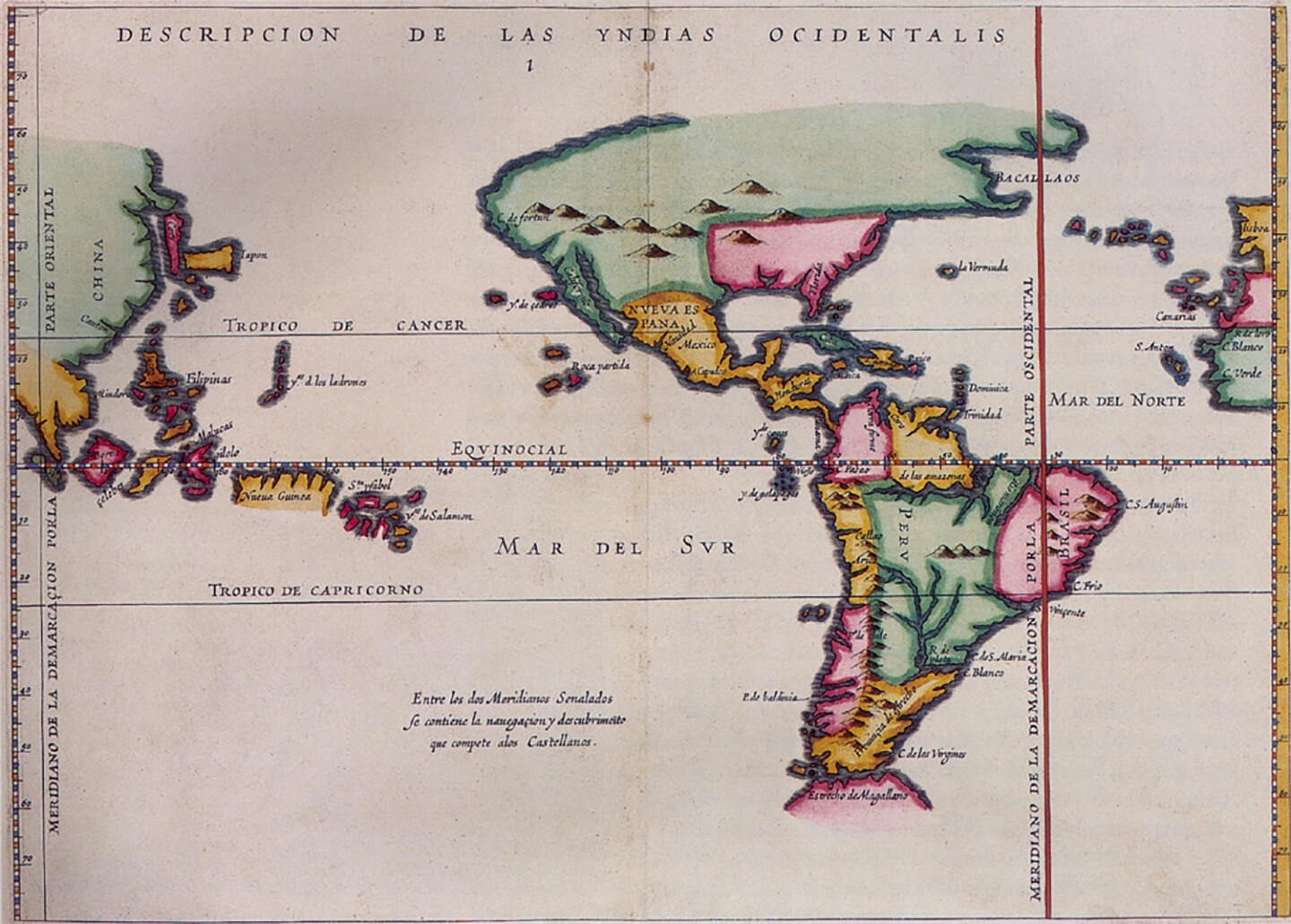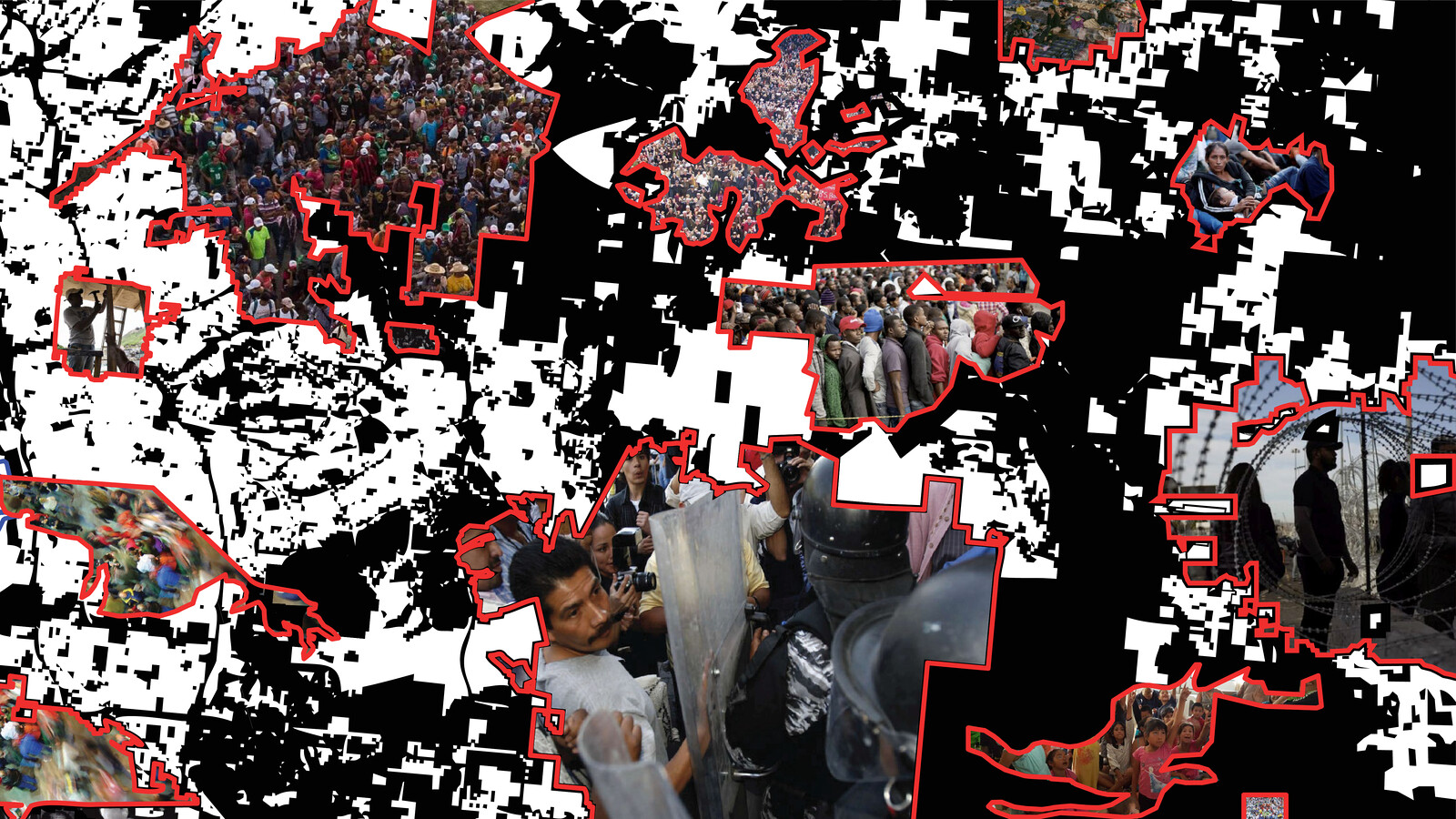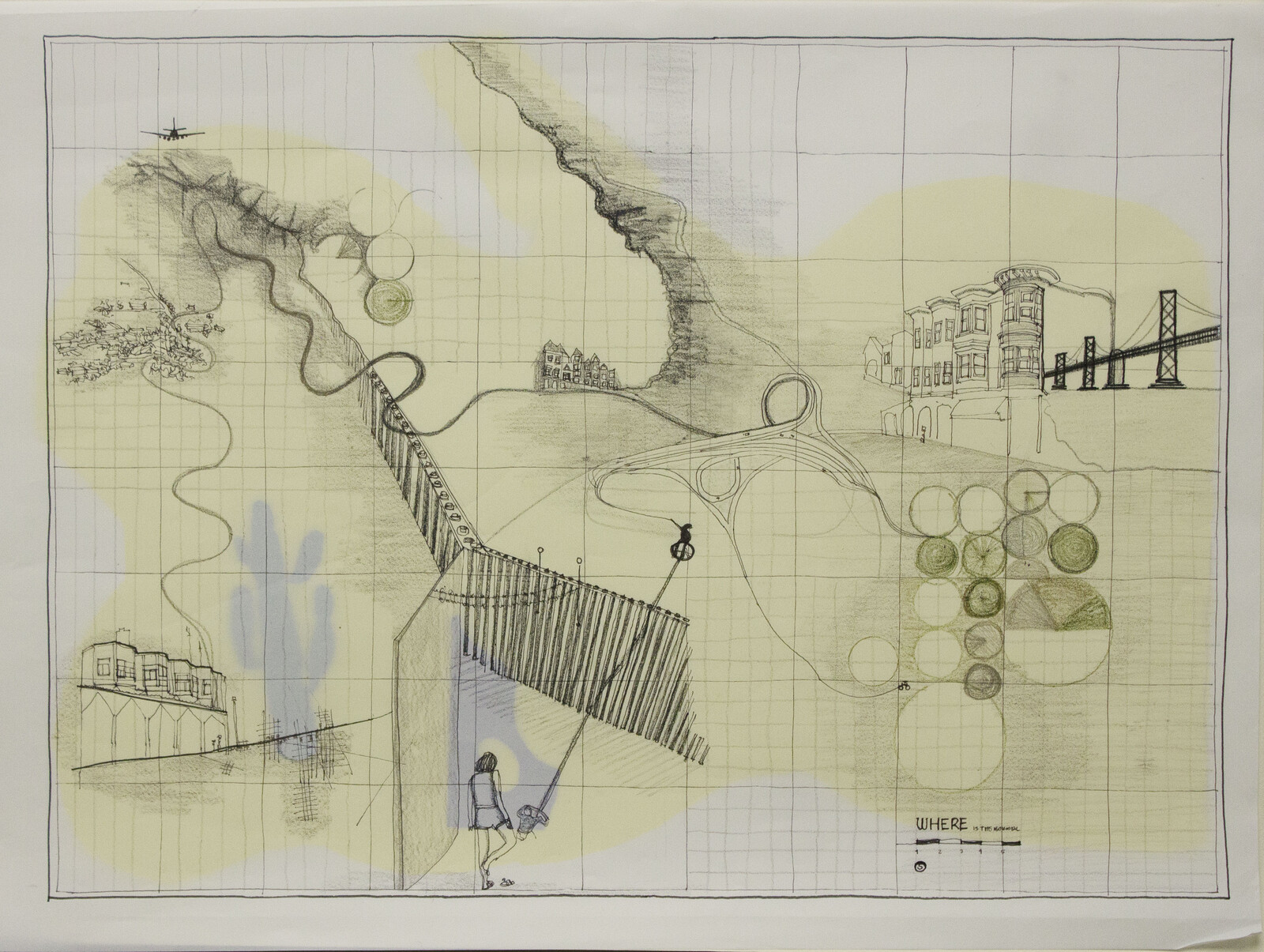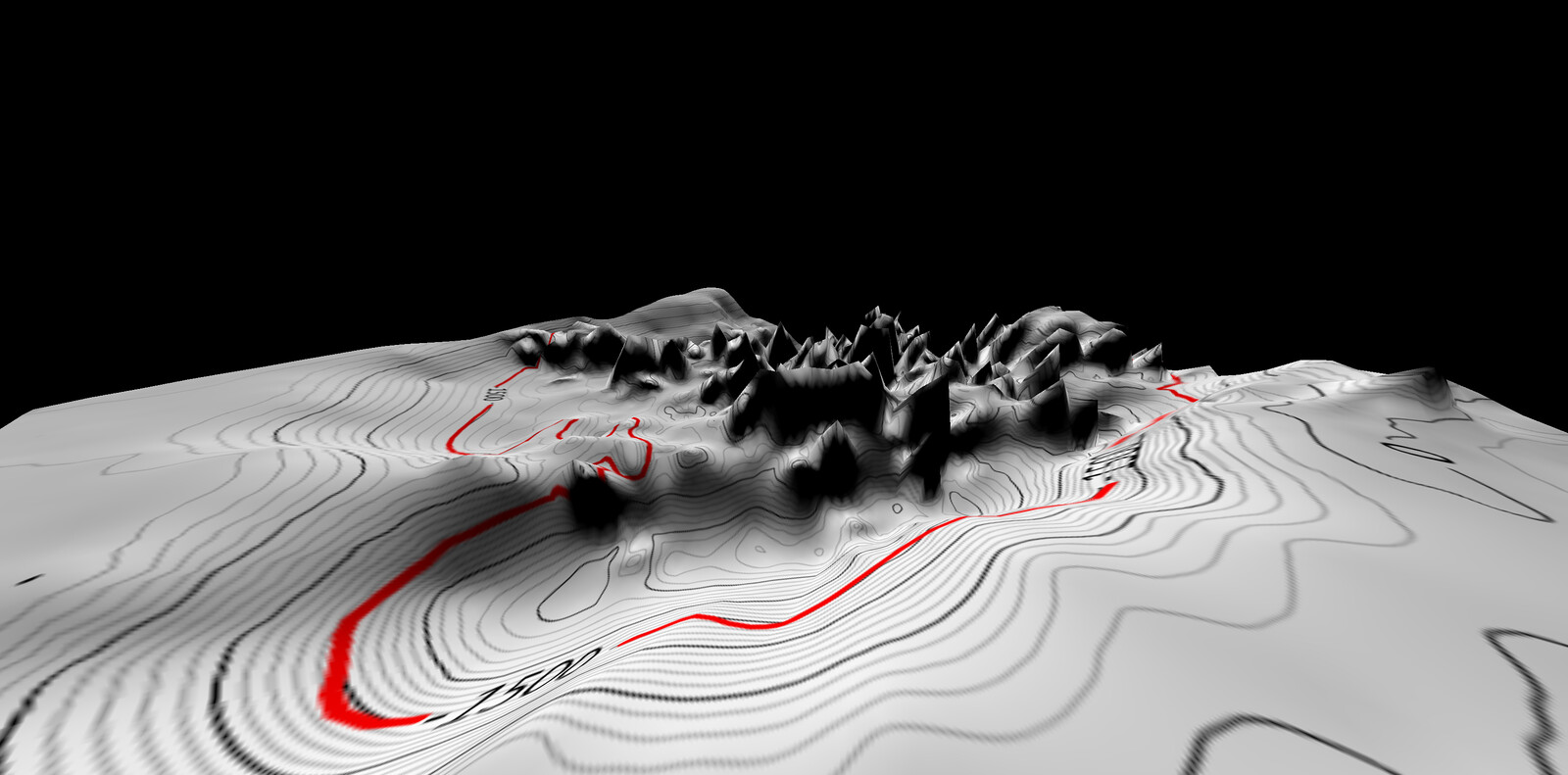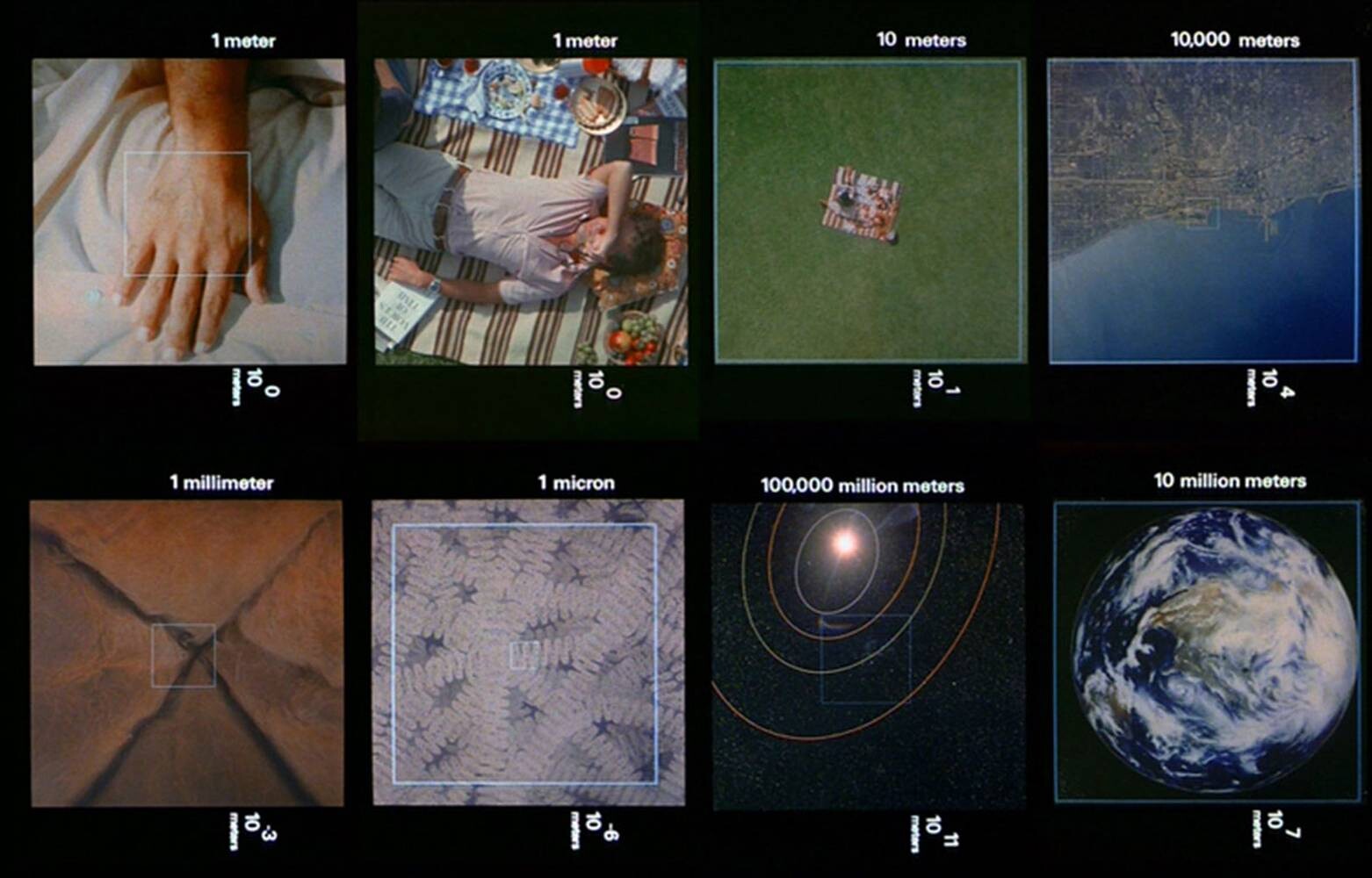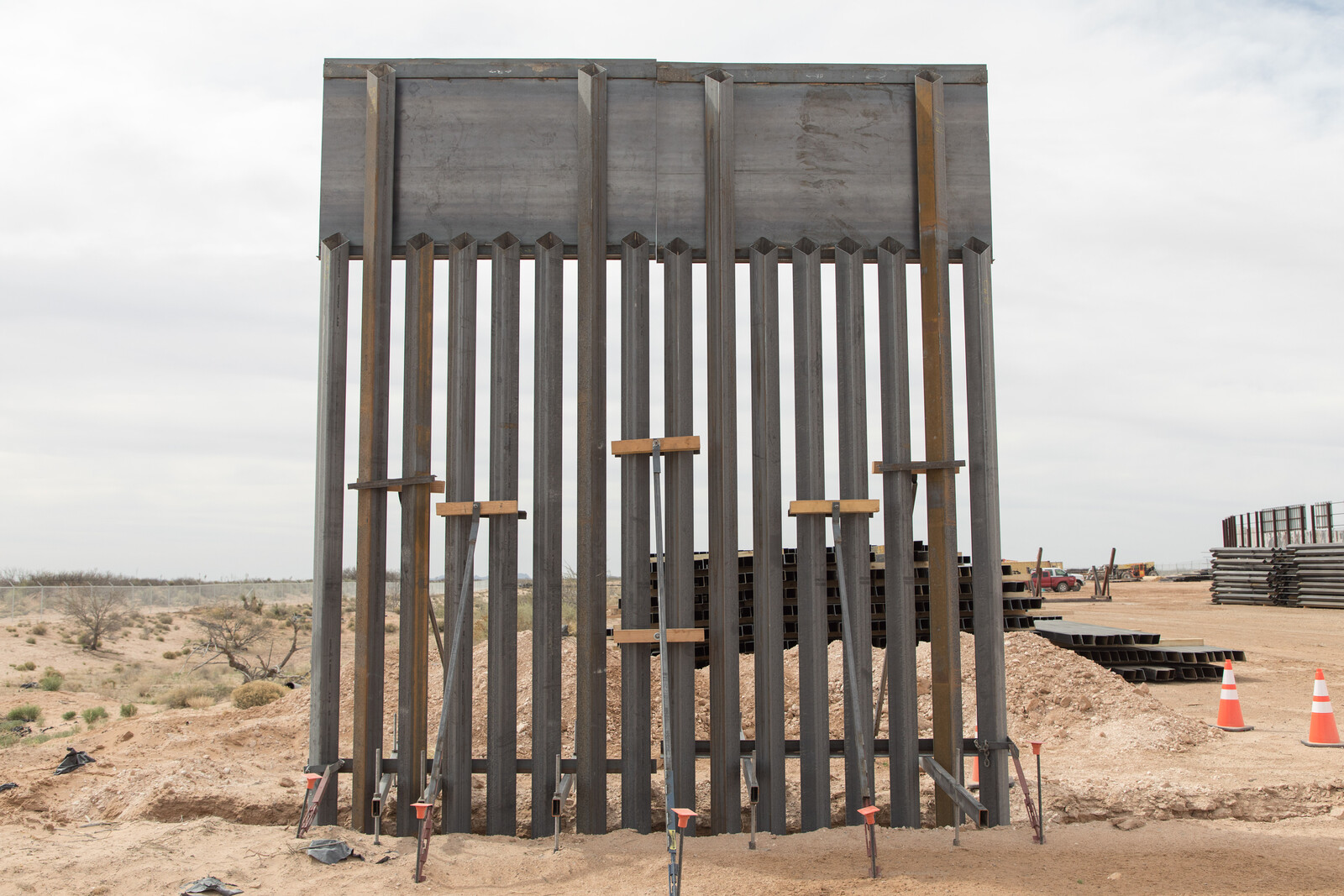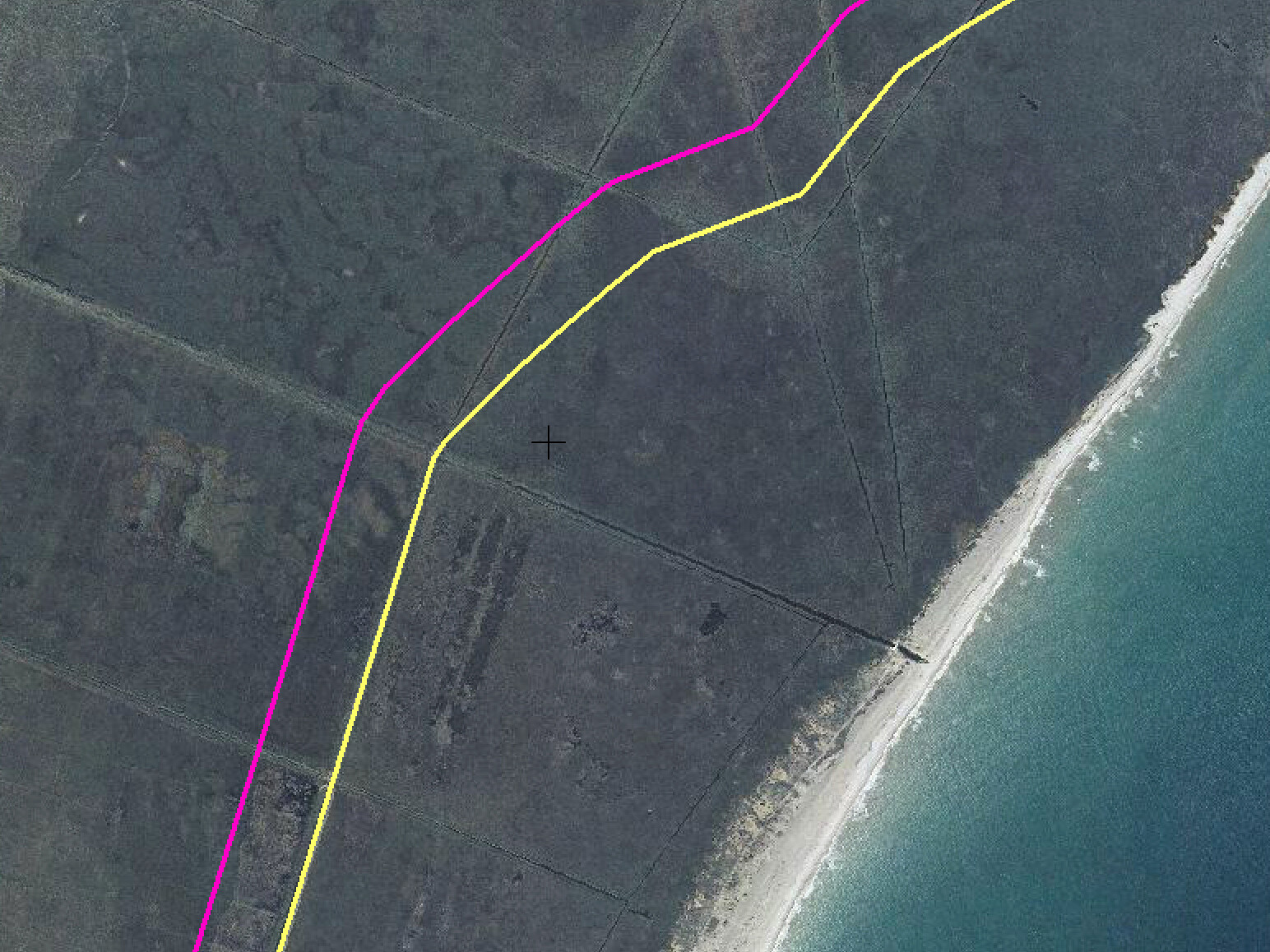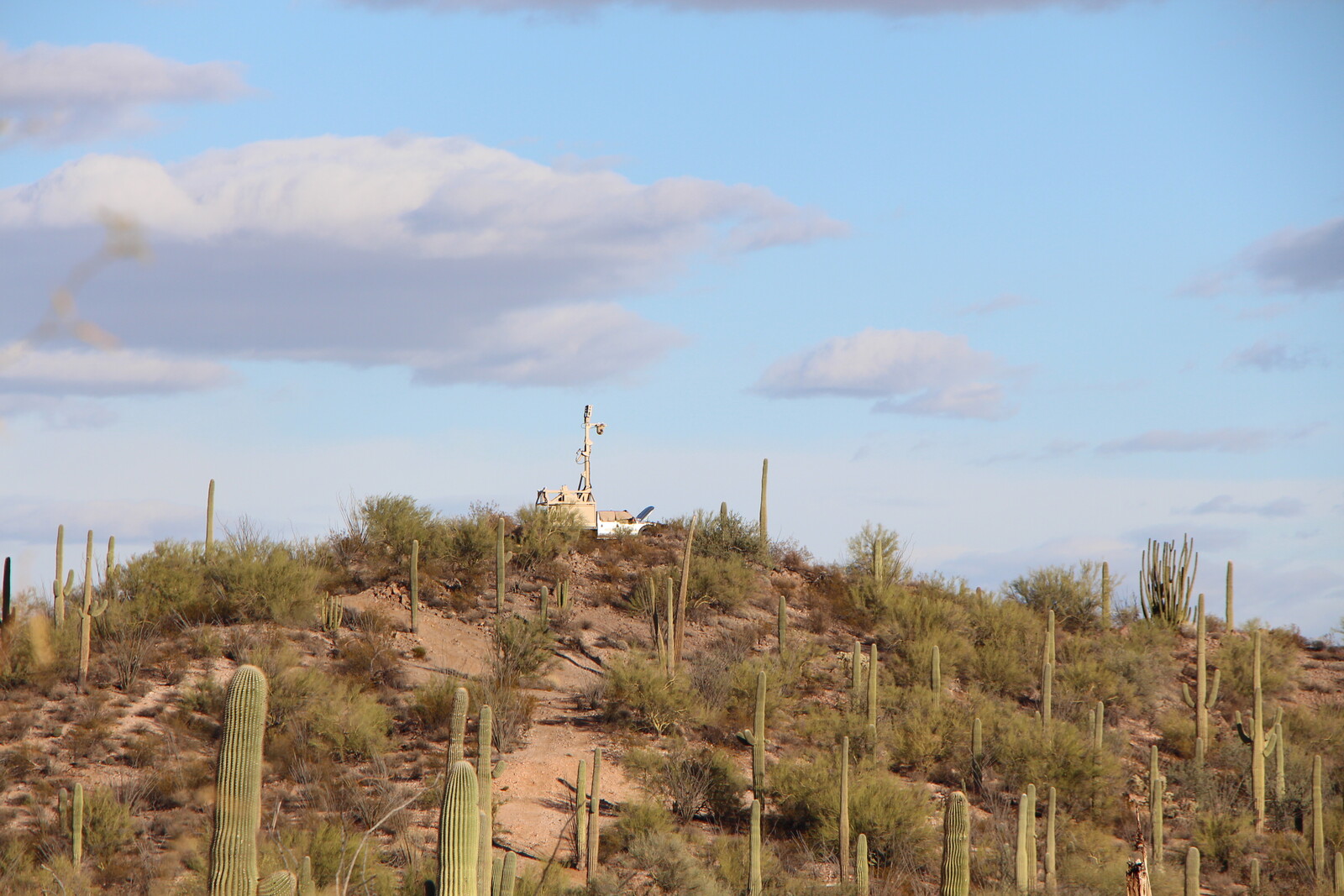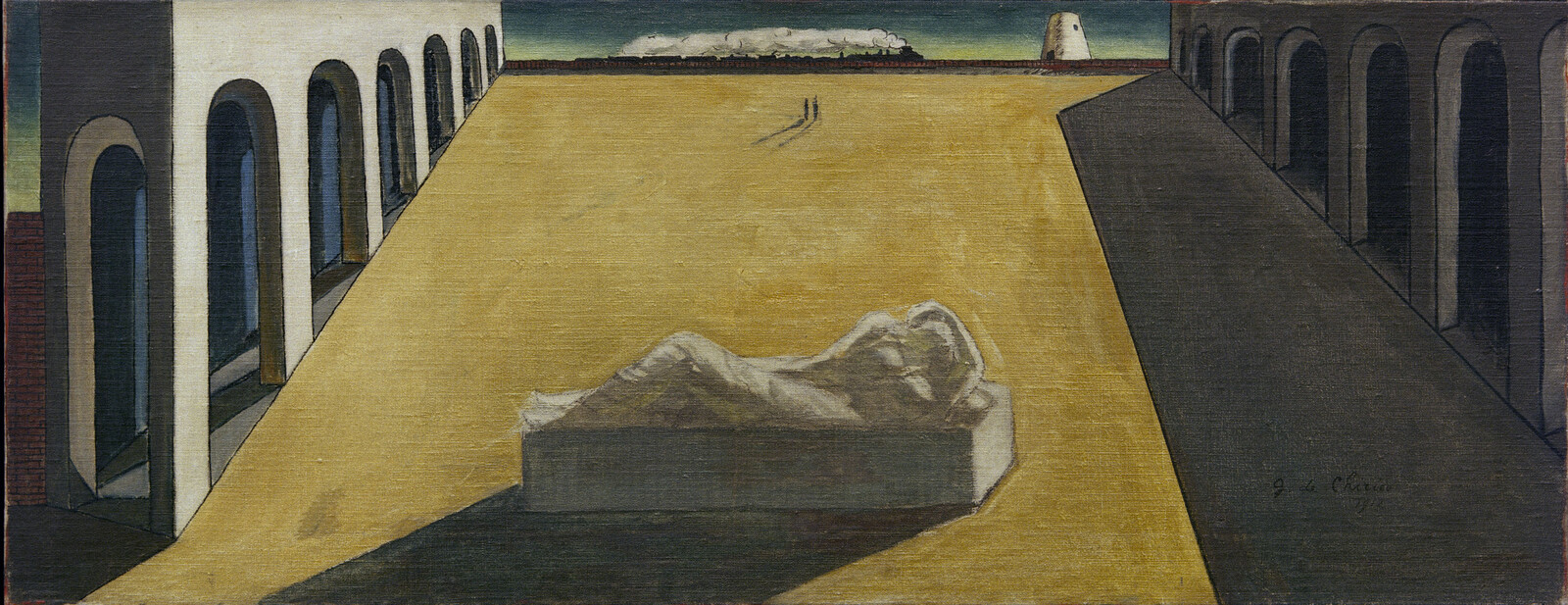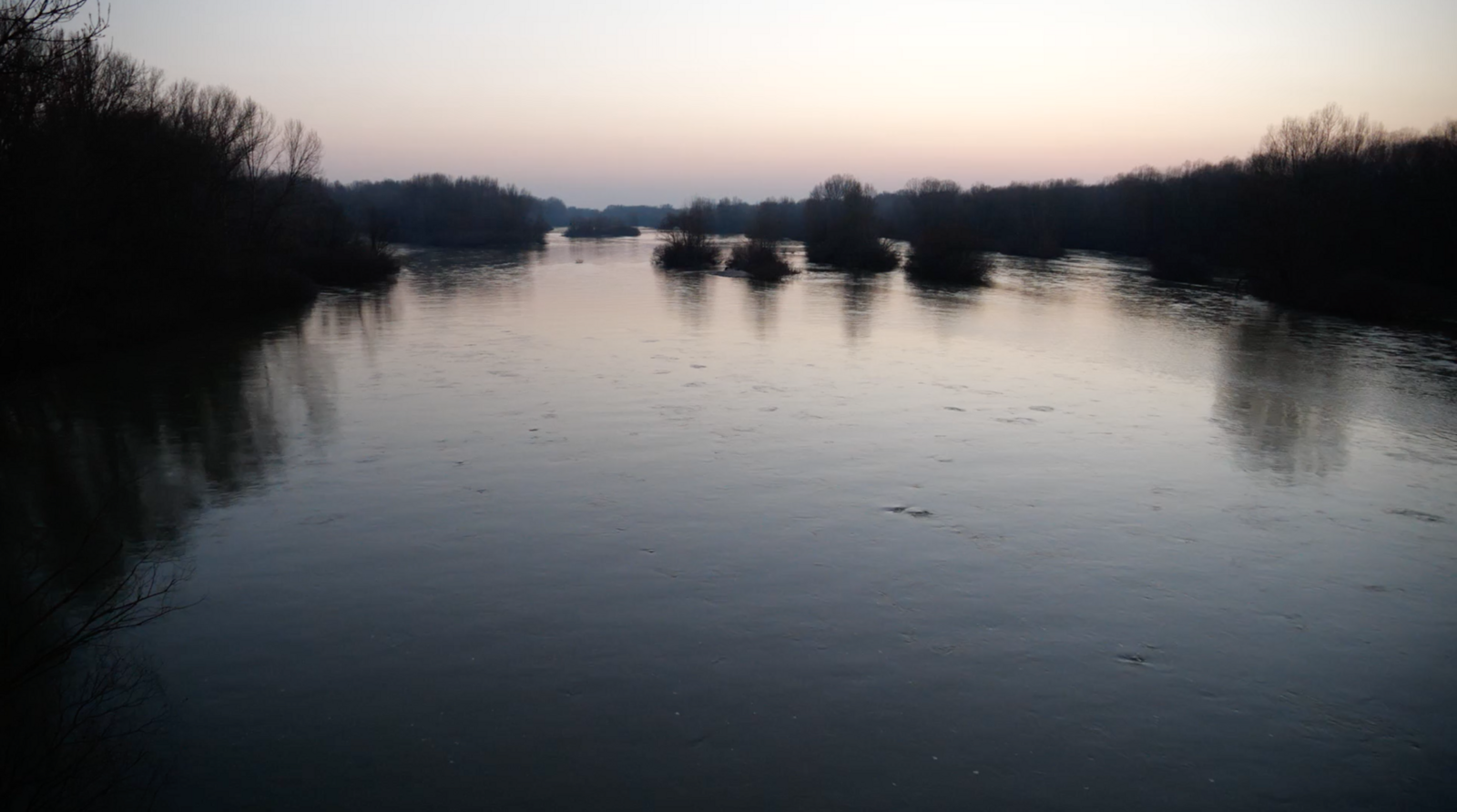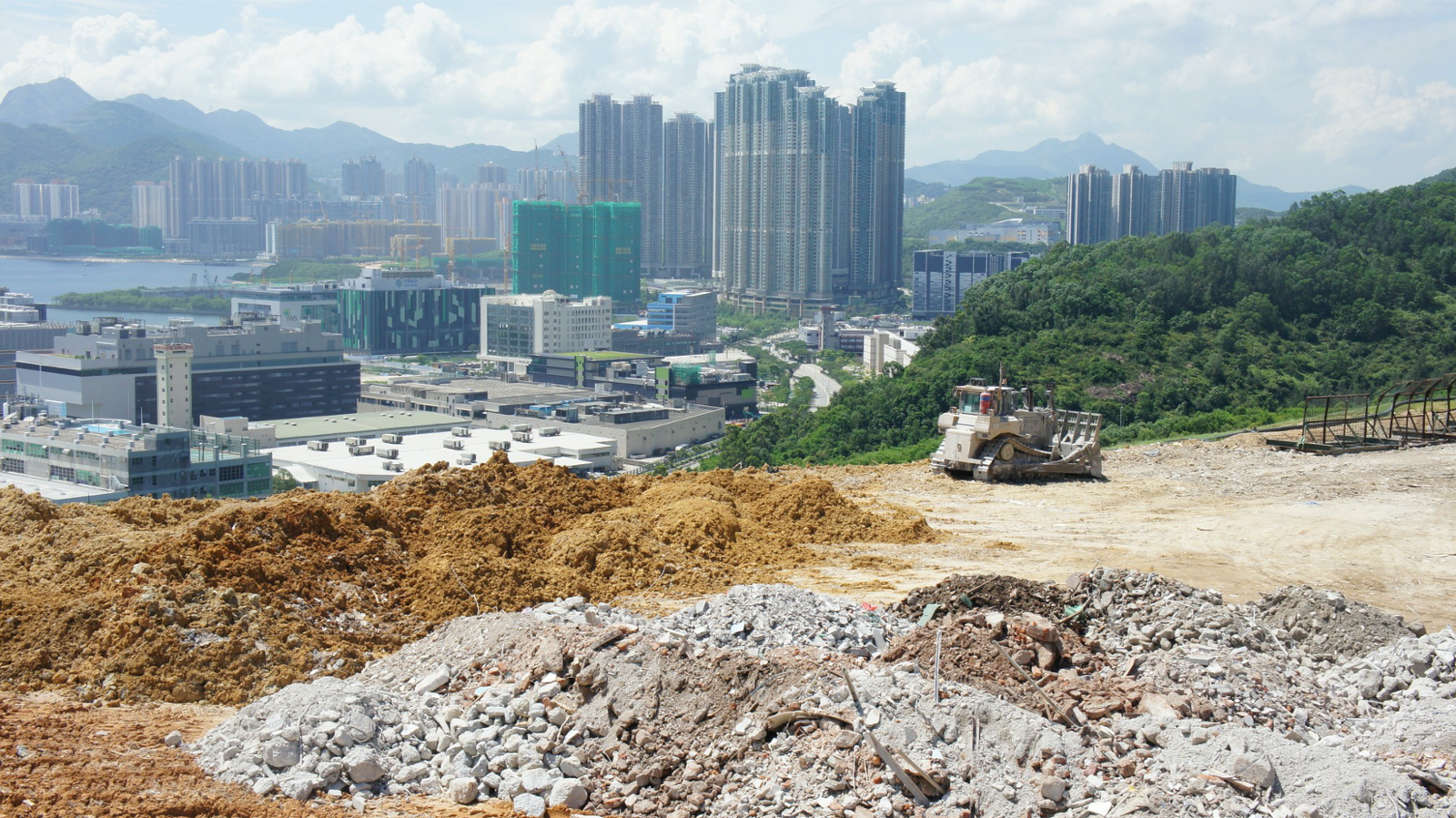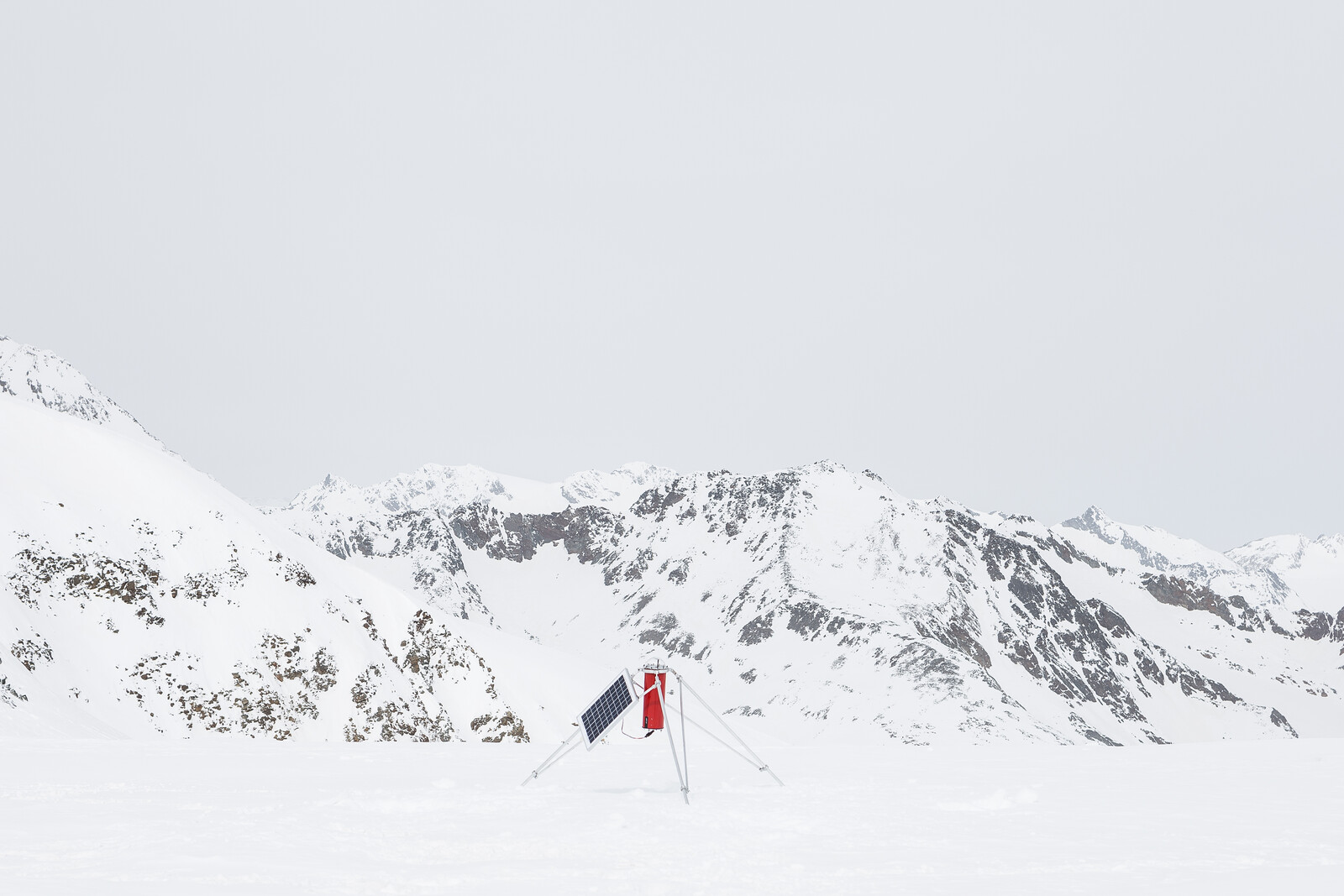The colonial genealogy of the contemporary nation-state border frames any politics of their opening. Borders are opened when they are approached, conceptually and practically, as ambivalent, porous, fluid, and negotiated. At the same time, borders, whether closed or opened, are also historical artifacts of a colonial episteme. Neglecting the colonial genealogy of the border renders border work of any and all sort as a deferral of the work of decolonization.
The planet is bordered because it was bordered by colonialism. Étienne Balibar has suggested the 1494 Treaty of Tordesillas as one of the key moments in the emergence of this globalizing regime of bordering.1 This treaty, between the Portuguese and Castilian Empires, divided the Atlantic at a meridian line 370 leagues west of the Cape Verde Islands into possessions of each empire. In its initial formulation, the length of this meridian was not specified. As Spanish and Portuguese explorers increasingly encountered “new” parts of the “New World,” however, the meridian came to be extended across the planet, dividing it into hemispheres, each belonging to one of the treaty’s two imperial signatories.
As a practice of seizing land from Indigenous peoples, colonization depends on the transformation of land and water into bordered territory that can be claimed, surveyed, defined, depopulated, and resettled. And so, while the specific meridian defined by Treaty of Tordesillas would be strategically ignored by other imperial powers as they initiated their own colonizing projects, these projects extended the line as a technology of territorial definition and possession across the surface of the Earth.
Within colonial processes, two functions of the border are paramount: borders not only inscribe colonialism into the Earth, parceling land into property, but they also legitimize this inscription, as colonists pose Indigenous land without the borders they recognized as “empty.” This putative emptiness is, more precisely, an emptying-out, a conceptual deletion of Indigenous landscapes that precede, allow, and authorize the material erasure of those landscapes, and the human and non-human beings that sustain and are sustained by them. In this context, “frontier” names the border between land bordered by colonialism and unbordered Indigenous lands. Fredrick Jackson Turner’s words about the United States— that “the frontier is the line of the most rapid and effective Americanization”—have come to apply to every other colonizing nation-state.2
Grids and Fences
In both South and North America, colonists occupied Indigenous lands both by force and, through the action of the grid, by urban planning. In the South, this process was enacted with the multiple and complicated applications of a set of rules most often summarized as the Law of Indies, which effectively signaled the presence of various powers—empire, church, local authorities—within the land. In the North, the Public Land Survey System (PLSS), enacted with the National Ordinance of 1785 and better known as the Jefferson grid, transformed the landscape into property to be bought and sold. A foundational moment for Indigenous genocide in the United States, the Jefferson grid cartographically occupied territory before its actual settlement and prepared its transformation into real estate.3
In The Colonial Lives of Property, Brenna Bhandar writes that “there cannot be a history of private property law, as the subject of legal studies and political theory in early modern England, that is not at the same time a history of land appropriation in Ireland, the Caribbean, North America and beyond.”4 Bhandar suggests that these histories—one of private property and the other of colonial land appropriation—are each histories of enclosure and the bordering instruments that advanced and authorized enclosure.
As Gary Fields writes in Enclosures: Palestinian Landscapes in a Historical Mirror, “an improved landscape was not only land under crop, but was verifiable through the visible markers of fences, walls, and hedges,” all materializations of borders in what was initially an imagined landscape of colonial possession.5 Furthermore, the fencing required for the cattle herding and monocrop agriculture practiced by settlers accelerated the depletion of the land and radically augmented the desire for more territory; even the wood required by the extensive practice of fencing itself contributed to the deforestation of the land.6
John Locke’s essay, “On Property,” has been regarded as a philosophical justification for colonialism.7 It is also a practical justification for enclosure and the system of borders—between properties of colonists and colonial possessions—that enclose. Locke’s essay turns on the purported capacity of colonists to use land more productively than Indigenous people. At the same time, Locke poses what he calls the “wild Indian” from America as someone “who knows no inclosure,” and that without the tradition of “possessing” land by enclosure, the “Indian” could not cultivate it as productively as English colonists, who separate private land from common land to cultivate and make manifest its productive capacities.8 Thus, while the history of settler colonialism is also a history of environmental disaster, decolonization points the way towards environmentally sustainable futures.9
The Trench of Alsina
While what we now know as North America was partitioned through the grid and subdivided by fencing, in Latin America, the Spanish Empire subdivided land into a series of Vice-royalties—administrative departments that set the stage for the founding of different nation-states. Within these departments, territories designated for resource extraction were organized as latifundios—large land tenures that followed European feudal patterns. These patterns of property and exploitation continued after the wars of independence, which were led across the Americas by settlers of European descent. These conflicts and their resolutions further encroached, rather than liberated, the Indigenous peoples. In newly-constituted Argentina, for example, this encroachment was first attempted through a piece of infrastructure: the Zanja de Alsina (Trench of Alsina).


Jordan Wysocki, trench sections for soft and hard soils, 1877. Source: Crónica Histórica Argentina (Buenos Aires: Editorial Codex, 1968).
The Trench of Alsina was made up of a system of trenches, watchtowers, and garrisons built between 1876 and 1877 to delineate a new border between land occupied by the Argentinian state and land the state had claimed but was still inhabited by Indigenous peoples. Similar to the territorial advance of the United States westward after its Revolutionary War, since its independence from the Spanish crown in 1816 the province of Buenos Aires had been encroaching westward into the land inhabited by Mapuche, Aónikenk (also known as Tehuelche), Aymara, and other Indigenous peoples that had either lived there or taken refuge there after being displaced by colonization. The new Argentinian state turned to these lucrative territories as a site of extraction, particularly through the herding of cattle (which was, notably, not an Indigenous practice). These cattle were often taken by Indigenous groups, who did not share settler concepts of property and still understood the landscape and species within it as a continuous shared space. They came to be known to settlers as “malones,” or “bad Indians,” who raided Argentinian territory for livestock and women. The ostensible aim of the Trench of Alsina, then, was to stop these groups by hindering the movement of cattle: it was a border meant to keep resources in rather than to keep people out.
By 1877, the Argentinian state had built 374 kilometers of trenches guarded by 109 forts and connected by telegraph. The death of Adolfo Alsina, Minister of War and main advocate of the trench, and his replacement with Julio Argentino Roca led to the cancellation of the project, and its replacement with an aggressive military campaign meant to claim possession of all available land. Known as the Conquest of the Desert, this military operation echoes the similar wars against Indigenous peoples happening at about the same time in the United States.10 In both cases, these conflicts ultimately benefitted the military men who led them by transforming land into property and soldiers into landowners.
The Trench of Alsina reveals that partitioning occupied and yet-to-be occupied land is a temporary condition for settler colonialism. This temporary border was a preamble to complete occupation of all available land, the eradication of the Indigenous population within it, and the elimination of any claims they might have to these territories.


Ángel Della Valle, La Vuelta del Malón (The Return of the Indian Raid), 1892. Source: Museo Nacional de Bellas Artes.
The success of wars against the Indigenous peoples of North and South America was celebrated in an event that celebrated the 400th anniversary of European arrival: the 1893 World’s Columbian Exposition in Chicago (celebrated one year late). For this event, the Argentinian state commissioned a painting to represent the nation titled “La vuelta del malón” (The return of the Indian raid), which depicted a group of so-called malones returning from a successful raid. The painting’s portrayal of Indigenous peoples—by then nearly exterminated—justifies the operation of the Argentinian state and of settler colonialism at large, just like Frederick Jackson Turner’s ruminations on the “American frontier,” which was also occasioned for the same Exposition.
The relationship between settler colonialism and the dispossession and genocide of Indigenous peoples was not only celebrated at the Columbian Exposition, but also critiqued. In The Red Man’s Rebuke, a book printed on birchbark and distributed at the exposition, Potawatomi author Simon Pokagon wrote:
We have no spirit to celebrate with you the great Columbian Fair now being held in this Chicago city, the wonder of the world. No; sooner would we hold the high joy day over the graves of our departed than to celebrate our own funeral, the discovery of America. And while you who are strangers … rejoice over the beauty and grandeur of this young republic and you say “behold the wonders wrought by our children in this foreign land,” do not forget that this success has been at the sacrifice of our homes and a once happy race.11
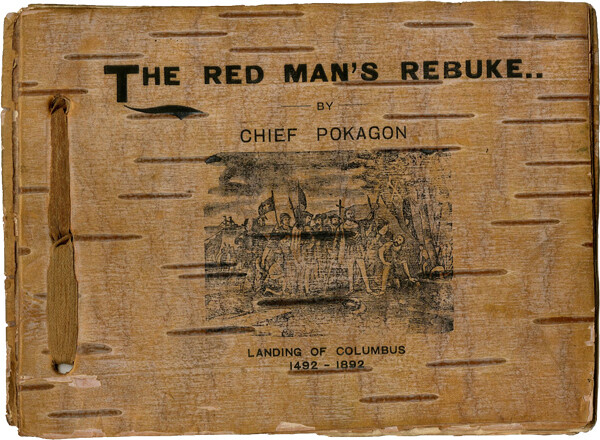

Simon Pokagon, The Red Man’s Rebuke (Hartford, MI: C.H. Engle, 1893). Source: Smithsonian Libraries.
From Settler Colonialism to Decolonization
The history of bordering in the Americas is the history of a colonial episteme—a Colonialcene within which modernity itself is epiphenomenal. The Modernity/Coloniality group, which includes Aníbal Quijano, Walter Mignolo, Enrique Dussel, and others, argues that modernity itself is defined by the processes of colonization prompted by the European arrival to the Americas. The acceleration of commerce prompted by this event, they argue, is ultimately a fundamental component in the development of capitalism and thus a formative aspect of modernity. And yet, colonial bordering has also extended beyond the Colonialcene, from formally colonized spaces to spaces occupied by colonizers. Indeed, contemporary bounded Indigenous territories are still being decimated for extraction, from Standing Rock to the disestablishment of the Mashpee Wampanoag homelands.12 Rather than thinking of the border as a phenomenon of the nation-state, then, we might understand it as a colonial geo-epistemology that encompasses gridding, separating land and water, and the delineation of property lines. In this sense, the border becomes a colonial construct at multiple scales, dividing property, cities, regions, states, and even species.
To be “at the border,” then, is to be in a place that invokes the promise of decolonization. Following Eve Tuck and K. Wayne Yang, decolonization should be understood as the rematriation of land. “Land” here refers not just to territory but also to air, water, plant life, animal life, and the Indigenous life that sustains and is sustained by the preceding. In other words, land encompasses the range of Indigenous worlds in their specific contexts. “Rematriation” thus refers not just to the return of land, but to the regeneration of sustaining and sustainable relations with the land’s constituent parts. The rematriation of land is not a metaphor: it is the specific and irreplaceable horizon of restoring land to Indigeneity. The motion of turning towards this horizon, of yearning for it, is the unraveling of border thinking.
As settlers working on occupied land, we might initiate this motion by moving the focus of our thinking from border to relation. The work of Martinican poet Édouard Glissant on creolization is useful in this respect, as he understands notions of identity to be constructed in relation rather than in isolation.13 If identity is constructed through our relations with others, by regenerating our relations with the land and its constituent parts, we can go past identity formations established by settler colonialism. Glissant speaks of relations as a reconceptualization of the border, in which meaning is constructed not in the action of bounding but in that of passage or communication.
We need to put an end to the idea of a border that defends and prevents, etc. Borders must be permeable. They must not be weapons against migration or immigration processes. But having said this, I think that borders are necessary in order to appreciate the passage from the flavor of one country to the flavor of another. I find it quite pleasant to pass from one atmosphere to another through crossing a border. Consequently, what we need today is not the abolition of borders, but to provide them with another meaning. That of a passage, a communication—a relation.14
Regenerating relations—among humans, across species, between nations—counters and contests border thinking. Bolivian Aymara scholar Silvia Rivera Cusicanqui extends this understanding to history when she speaks of “a decolonization of imaginaries and of the forms of representation.” Rivera Cusicanqui—a critic of the Modernity/Coloniality group—proposes that the Indigenous world “does not conceive of history as linear; the past-future is contained in the present.”15 Accordingly, decolonization is not a moment to reach, but one that emerges at any point in time as Indigenous peoples claim their own historicity. Following Rivera Cusicanqui, then, the writing of history can be thought of as a potentially decolonizing practice: one that can help us regenerate our relations with each other and with the land.
Étienne Balibar, “What is a Border?” Politics and the Other Scene (New York: Verso, 2002), 79.
Frederick Jackson Turner, “The Significance of the Frontier in American History,” in Encyclopedia of the Spanish-American and Philippine-American wars, Spencer Tucker, ed. (Santa Barbara: ABC-CLIO, 2009), 776.
Jeffrey Ostler, “‘Just and lawful war’ as genocidal war in the (United States) Northwest Ordinance and Northwest Territory, 1787-1832,” Journal of Genocide Research 18, no. 1 (2016).
Brenna Bhandar, The Colonial Lives of Property: Law, Land, and Racial Regimes of Ownership (Durham: Duke University Press, 2018), 3.
Gary Fields, Enclosures: Palestinian Landscapes in a Historical Mirror (Berkeley: University of California Press, 2017), 128.
William Cronon, “A World of Fields and Fences,” in Changes in the Land: Indians, Colonists, and the Ecology of New England (New York: Hill and Wang, 2003), 127–156.
John Locke, Two Treatises of Government: In the Former, The False Principles, and Foundation of Sir Robert Filmer, and His Followers, Are Detected and Overthrown. The Latter Is an Essay Concerning the True Original, Extent, and End of Civil Government (1689); see also Fields, Enclosures, 129–130.
“More systematically than anyone before him, Locke enjoined owning land with enclosing it, cultivating it, and improving it to the fullest. In setting out these parameters, Locke broadened the notion of emptiness while establishing the conditions for taking possession of empty land. His work was thus not only a philosophical defense of English dominium in Indian country; it represented the legal and philosophical foundations of an imagined landscape of property across North America.” Fields, Enclosures, 132.
See for instance the work of the Indigenous Environmental Network, ➝, and the case studies collected by Julia Watson in her recent publication. Julia Watson, Wade Davis, Lo-TEK: Design by Radical Indigenism (Cologne: Taschen, 2019).
David Viñas, Indios, ejército y frontera (Mexico City: Siglo Veintiuno Editores, 1982).
Simon Pokagon, The Red Man’s Rebuke (Hartford, MI: C. H. Engle, 1893), 1–2.
“Message from the Chairman: We Will Take Action to Prevent the Loss of Our Land,” (27 March 2020), ➝.
Édouard Glissant, Poetics of Relation (Ann Arbor: University of Michigan Press, 1997).
Édouard Glissant, in Édouard Glissant: One World in Relation, Manthia Diawara, dir., (K’a Yéléma Productions, 2009).
Silvia Rivera Cusicanqui, “Ch’ixinakax utxiwa: A Reflection on the Practices and Discourses of Decolonization,” South Atlantic Quarterly (2011), 111(1): 95-109.
At The Border is a collaboration between A/D/O and e-flux Architecture within the context of its 2019/2020 Research Program.
